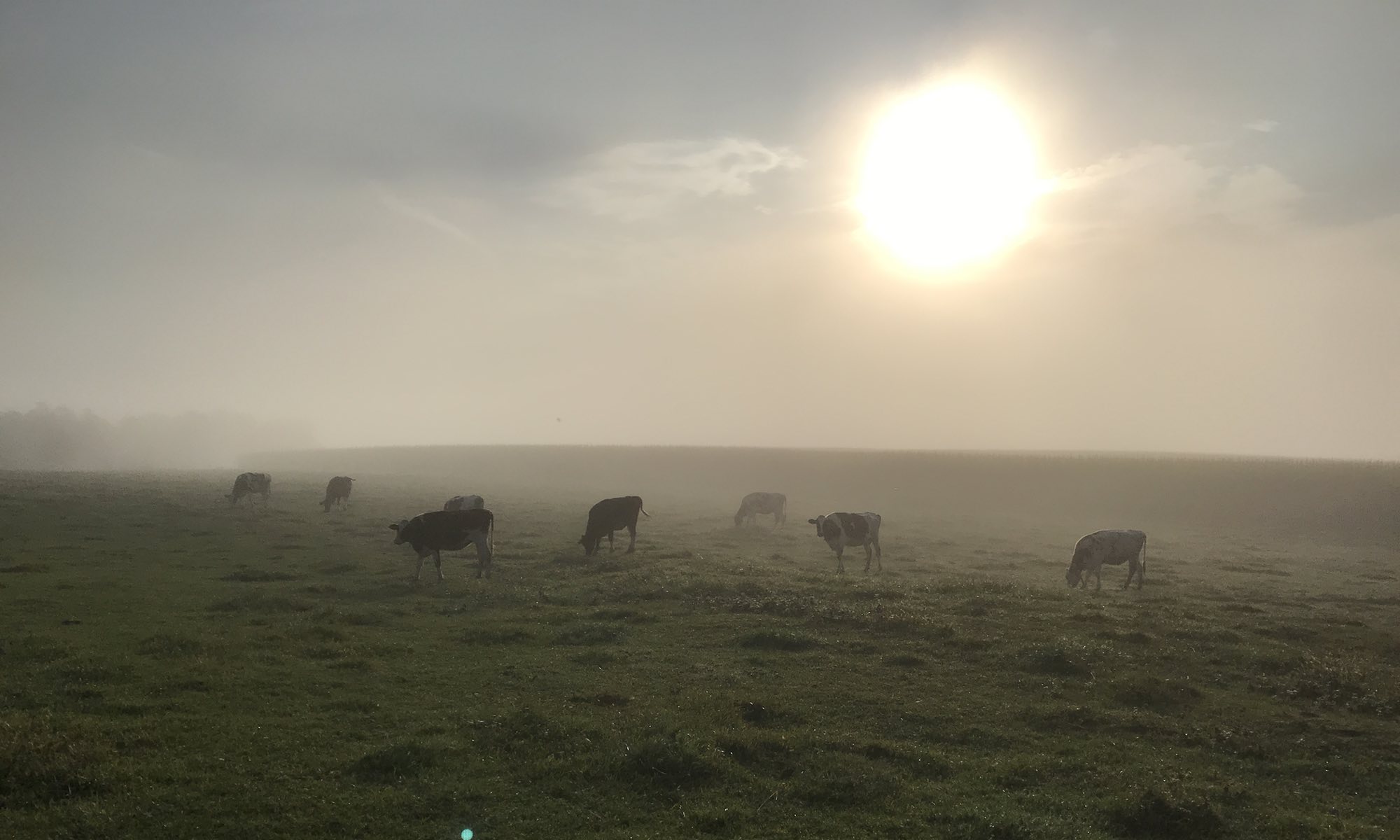An stream-of-consciousness article too stuffed with doughy goodness not to scarf the whole thing!
Also, check out the recipes for a Whole Grain Boule and a Crumb Schnecken.
Precision is important in baking, so weigh most dry ingredients on a scale instead of measuring them in cups, which is prone to vicissitudes. A plastic or metal bench scraper… a rectangular blade with a handle, will help pick dough up off counters.
A pastry brush is necessary, of course, as is parchment paper, good for carrying dough from counter to pan. An electric knife is helpful, too, for cutting through layers of soft dough without compressing them; it also works well for slashing the dough before baking (as does a sharp paring knife).
For bread baking, use the softest flour possible, which for these recipes is all-purpose unbleached flour like Pillsbury, Gold Medal or Arrowhead Mills white flour. Bleached flour (check the label) is not suitable for bread. Nor, ironically, is bread flour, which, burdened with protein, requires the strong arm of a heavy-duty mechanical mixer, and will not produce home breads with superior crumb or flavor.
A bread made with a poolish — a mixture of flour, water and yeast that is allowed to rise for a few hours before the bulk of the dough is mixed — will have superior crumb and structure. And resting just-mixed dough for 20 minutes before you knead it — a technique called autolyse — shortens the kneading time by allowing the gluten (the protein that gives dough its elasticity) to relax.
Good bread requires steady, radiant heat from close quarters, as well as proper humidity, particularly in the early stages of baking. By far the biggest challenge for the home baker is compensating for the heat lost in conventional ovens, which can adversely affect a bread’s volume, crust and texture. Low humidity will precipitate a crust that sets too soon, constricting the loft and volume of the loaf.
Home methods for minimizing heat loss require a little creativity and a dose of derring-do. Jim Lahey, who owns Sullivan Street Bakery in Manhattan, recommends placing an enamel-covered cast-iron pot and lid in the oven at 500 degees for an hour (creating plenty of ambient heat), then lowering the dough into the pot on a parchment sling and covering it. A similar solution employs a preheated pizza stone and terra-cotta pot. Both techniques eliminate the need for misting the bread or pouring boiling water into a pan set on the oven floor in order to obtain nice crust development. [Rentschler]
Rentschler, Kay. “Proper Tools for a Perfect Loaf.” The New York Times. 26 May 2004. <www.nytimes.com/2004/05/26/dining/26BBOX.html> (27 May 2004).



